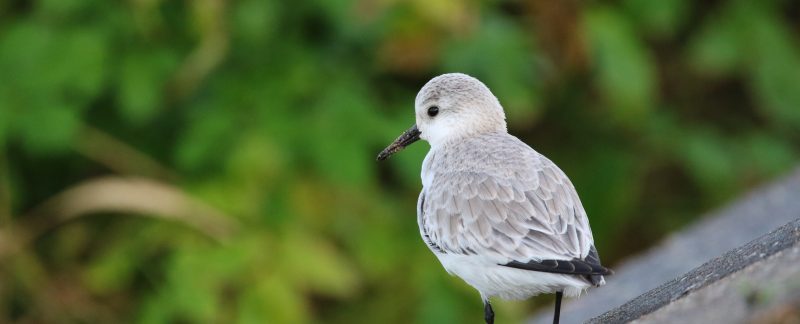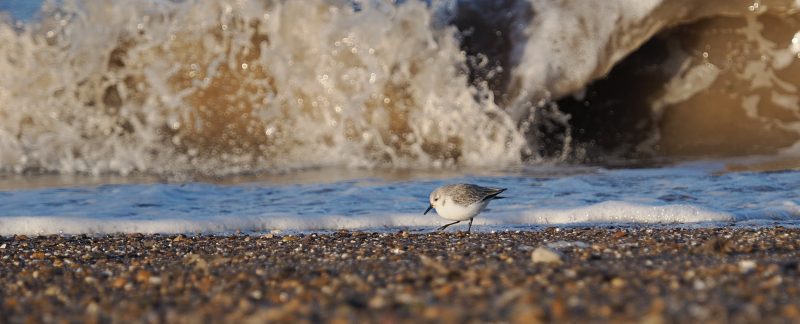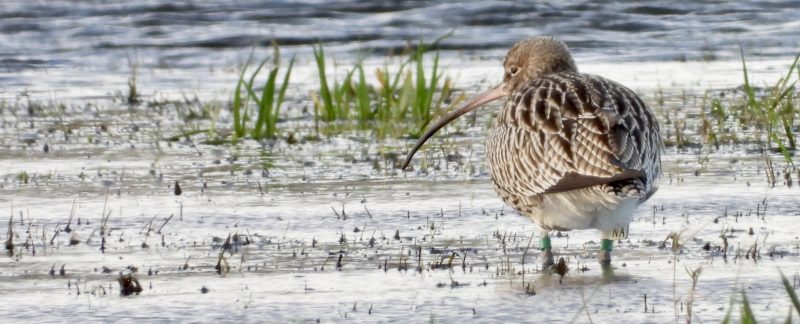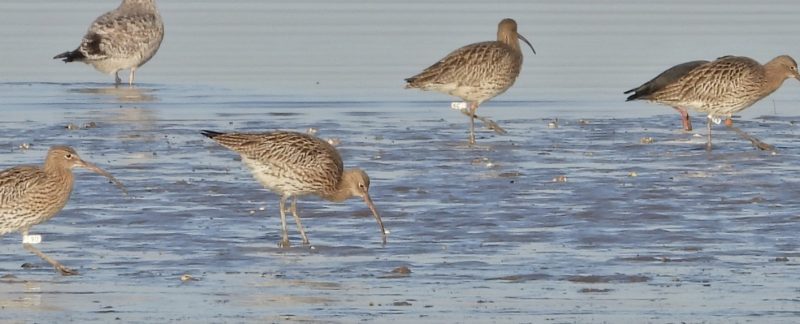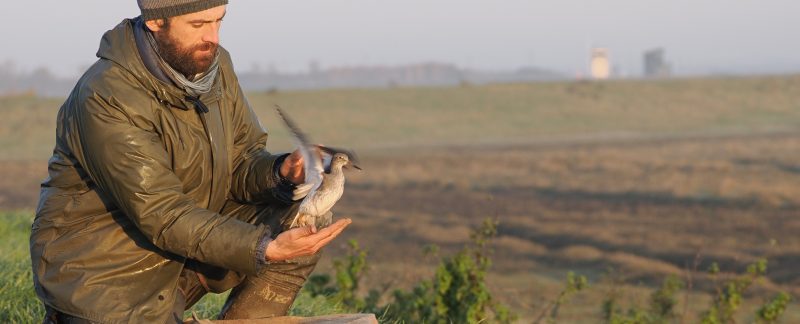Friday 9 February
Cathy braved some pretty awful weather to recce on Friday morning. There was a nice flock of around 400 Oystercatcher roosting on the dam itself, whilst Heacham South was unusually quiet for people, dogs and birds. There were small numbers of birds at Heacham North, with around 50 Oystercatcher, Grey Plover, Turnstone, Ringed Plover, Sanderling and Knot, all well distributed along the beach and not suitable for catching unfortunately.
Tim arrived to help with the afternoon recce, and along with his arrival came some nicer weather. Both Cathy and Tim were on site well before tide, finding the beach at Snettisham virtually empty; most Bar-tailed Godwit were still offshore and headed straight to the pits as the tide came in, with Oystercatcher doing a similar thing. At the dam, there were around 300 Oystercatcher loafing on the Mussel scar just offshore. As the tide came in, there were well over 1,000 Oystercatcher gathered on the mud around the dam and further north at Heacham, most of which eventually gathered on the Mussel scar. Eventually, around 200 birds came ashore south of the Tump, whilst the rest of the birds gathered on the scar were scared off by dogs and headed south to Snettisham.
Continue Reading →
